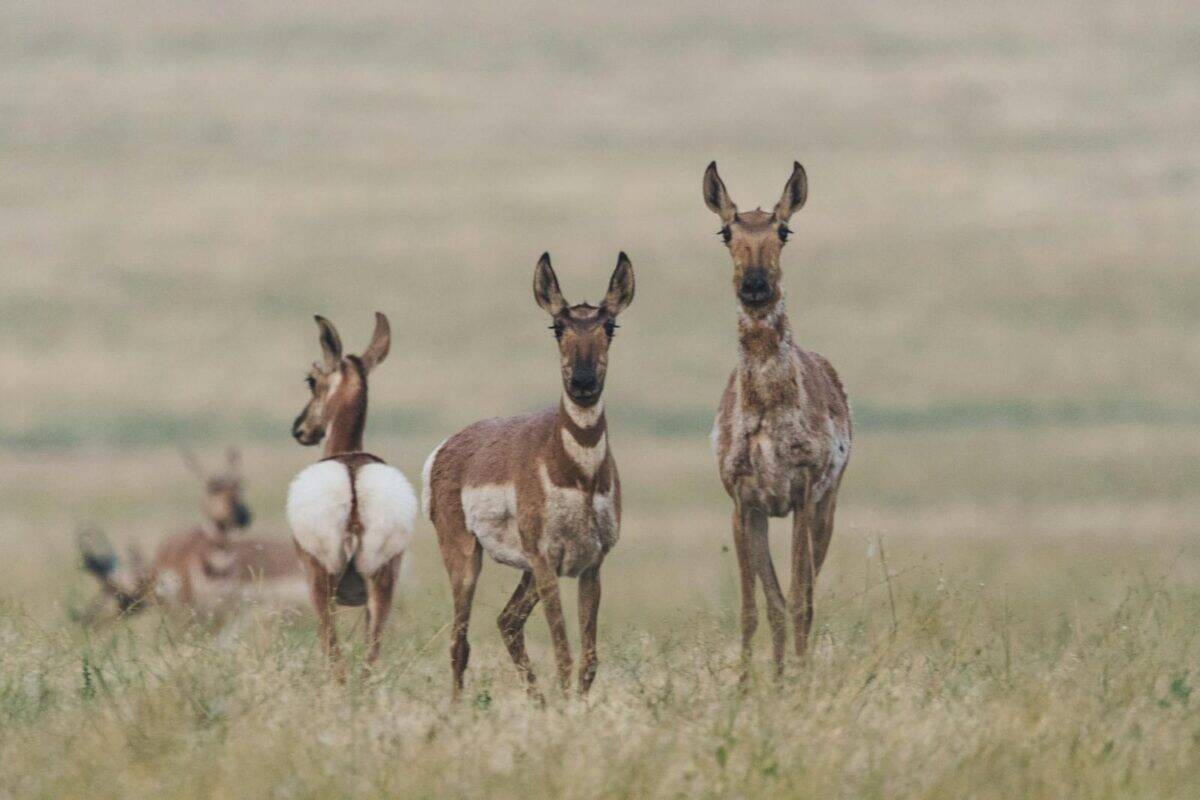When discussing speedy animals, most people instantly think of the cheetah, capable of reaching speeds up to 70 mph in short bursts. However, the cheetah isn’t native to North America. So what actually holds the title of the fastest land animal in the United States? The answer might surprise you—it’s the pronghorn antelope, an animal uniquely adapted to the American landscape that can sustain incredible speeds over long distances. While not as instantly recognizable as some American wildlife icons like the bald eagle or grizzly bear, this remarkable creature deserves recognition for its exceptional abilities and evolutionary story.
Meet the Pronghorn: America’s Speed Champion
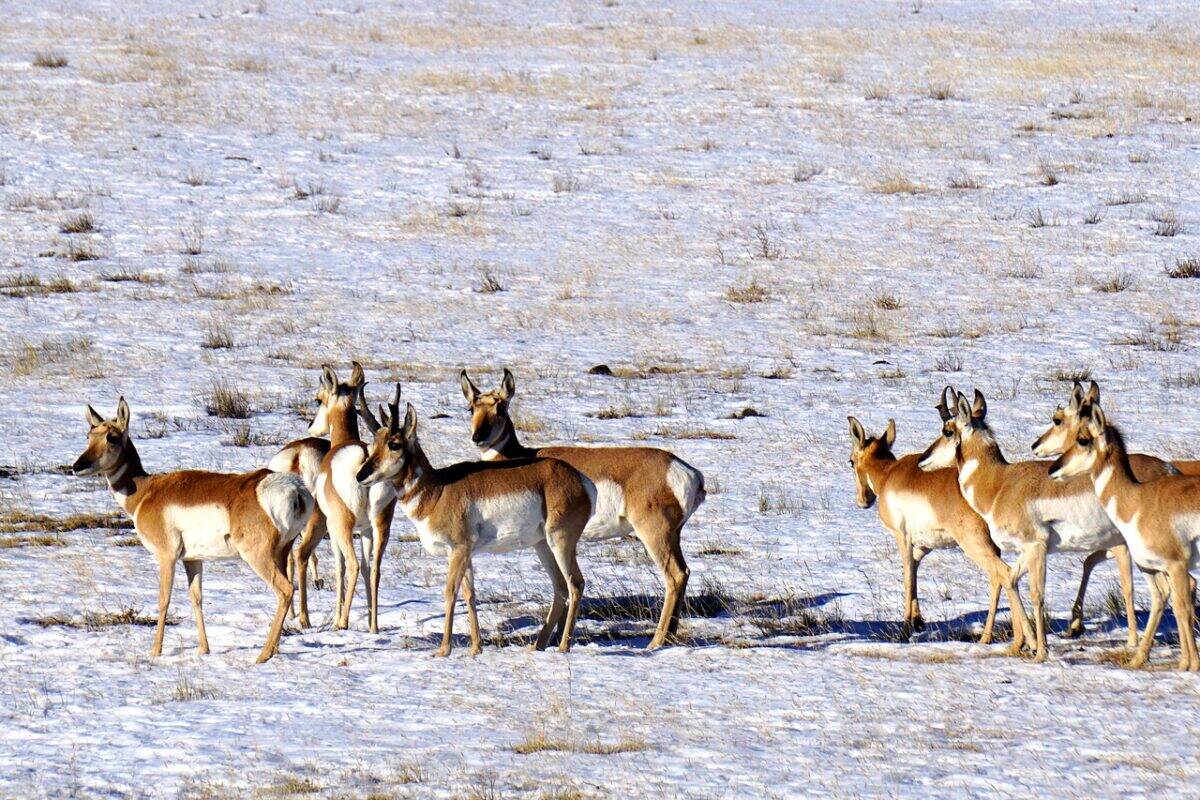
The pronghorn (Antilocapra americana) is often mistakenly called an antelope, though it’s not a true antelope at all. It belongs to its own family, Antilocapridae, and is the only surviving member of this ancient lineage. Found primarily in the western and central United States, with populations extending into southern Canada and northern Mexico, these remarkable mammals can sustain speeds of around 55 mph for extended periods—far longer than the cheetah’s brief sprints. What makes this even more impressive is that no natural predator in North America today can come close to matching the pronghorn’s speed, suggesting their velocity evolved in response to now-extinct predators from the Pleistocene era.
Built for Sustained Speed

Pronghorns possess a number of specialized adaptations that enable their incredible speed and endurance. Their lightweight frame features long, slender legs with specialized tendons that act like springs, storing and releasing energy with each stride. Their large heart, lungs, and trachea allow for exceptional oxygen intake and circulation, while their oversized liver efficiently processes metabolic waste during extended high-speed runs. Unlike the cheetah, which overheats after short sprints, pronghorns can maintain high speeds for miles—an adaptation thought to have evolved to escape American cheetahs and other swift predators that roamed North America during the last ice age but are now extinct.
The Misconception About American Cheetahs

Many people mistakenly believe that actual cheetahs once lived in North America. The “American cheetah” (Miracinonyx) was actually more closely related to cougars than to African cheetahs, though they evolved similar body types through convergent evolution. These extinct cats are thought to have been the primary reason pronghorns evolved their extraordinary speed. When these predators disappeared around 12,000 years ago during the Quaternary extinction event, the pronghorn retained its speed—an evolutionary adaptation now seemingly excessive for outrunning modern predators like wolves and coyotes, which max out at around 35-40 mph.
Comparing Speed: Pronghorn vs. Other U.S. Native Species
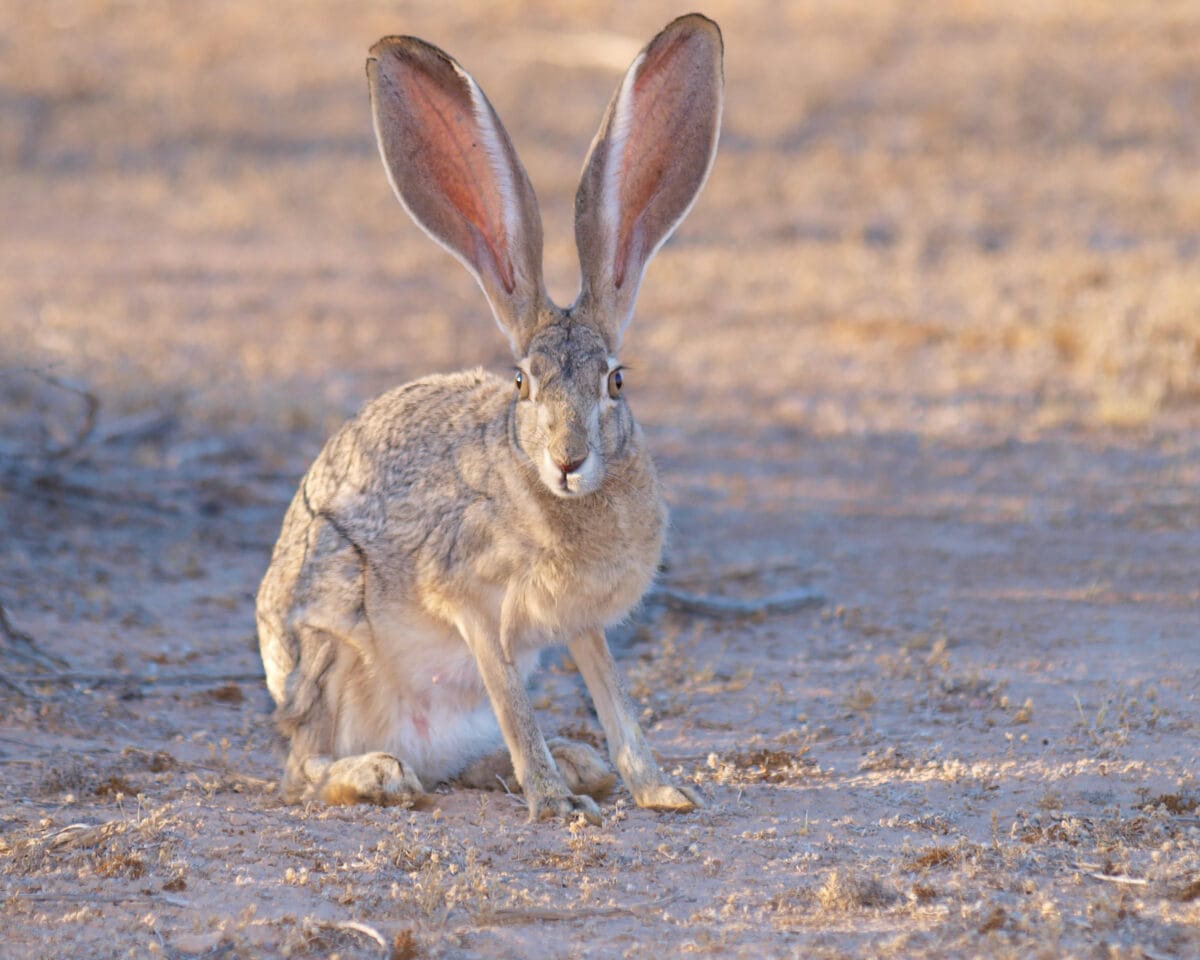
When ranking America’s speediest land animals, the pronghorn stands uncontested at the top. Other notable fast runners include the jackrabbit (reaching speeds up to 45 mph in short bursts), coyotes (around 40 mph), mule deer (approximately 35 mph), and elk (up to 30 mph). The pronghorn’s ability to maintain speeds over 30 mph for over 20 minutes and reach top speeds around 55 mph puts it in a class of its own among North American wildlife. This sustained running capability most closely resembles that of African wildebeests rather than the brief sprints of big cats.
The Pronghorn’s Unique Adaptations

Beyond their speed, pronghorns have several distinct characteristics that make them unique among mammals. They possess exceptional vision, comparable to 8x binoculars, allowing them to detect movement up to 4 miles away. Their distinctive horns (not antlers) feature a forward-pointing prong that gives them their name. Unlike true antlers or horns, pronghorn horns have a bony core but shed their keratinous sheath annually. They also have specialized hair that is hollow and can be raised for insulation against harsh prairie winters or flattened in summer heat—a remarkable adaptation to the extreme temperature variations of their grassland habitat.
Historical Population Decline and Recovery

Like many North American species, pronghorns faced near extinction in the early 20th century. From a pre-European contact population estimated at 35 million—rivaling the numbers of bison—pronghorn numbers plummeted to fewer than 20,000 by the 1920s due to unregulated hunting and habitat loss. Conservation efforts, including hunting regulations and habitat protection, have helped populations recover to approximately 700,000 today. While this represents a significant success story in American wildlife conservation, it’s still just a fraction of their historical abundance, and some subspecies remain threatened or endangered, particularly the Sonoran pronghorn of the American Southwest.
Migration Patterns: The Longest in the Lower 48
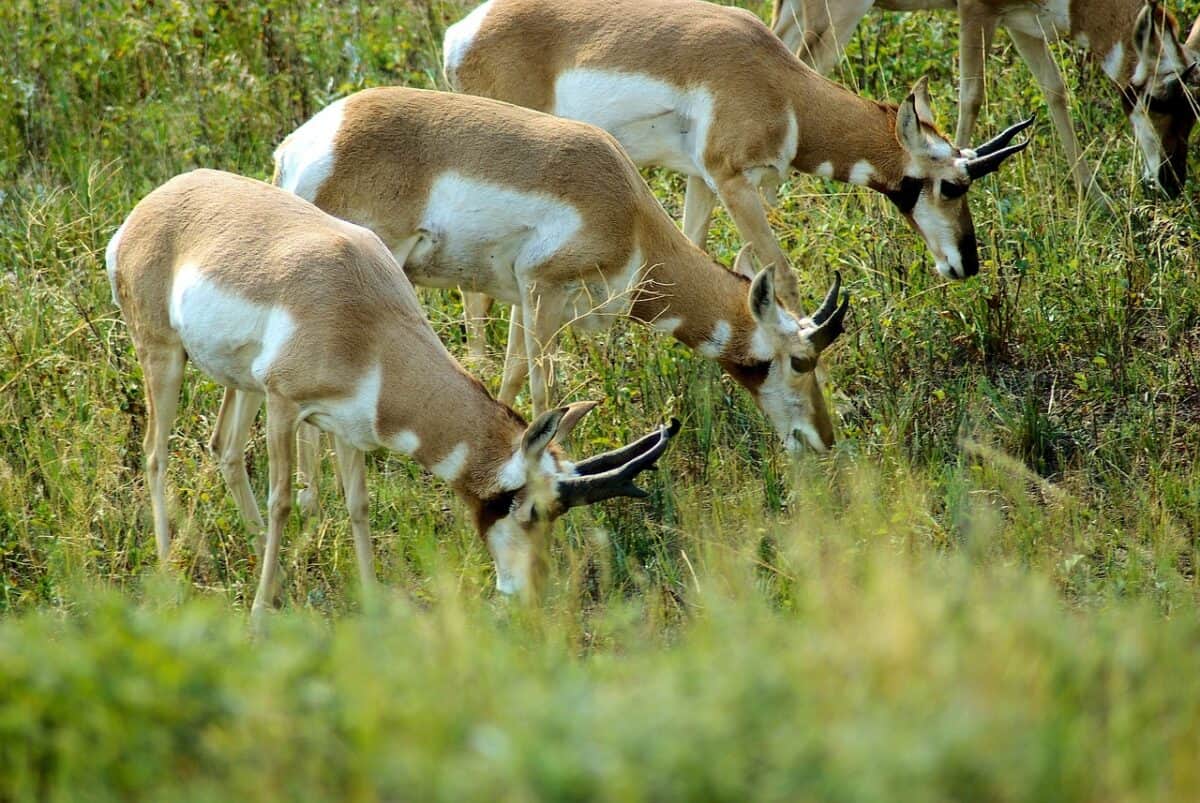
Pronghorns in Wyoming’s Greater Yellowstone Ecosystem undertake the longest terrestrial migration in the continental United States, traveling up to 150 miles between summer and winter ranges. This remarkable journey takes them through a gauntlet of natural and human-made obstacles. Unlike deer and elk that can jump high fences, pronghorns prefer to go under obstacles, making barbed wire fences particularly problematic for their migration. Conservation groups have worked with ranchers to modify fences with smooth bottom wires raised to 18 inches, allowing pronghorns to pass underneath while still containing livestock. These migration corridors, often called “pronghorn highways,” are increasingly recognized as critical conservation priorities.
The Challenge of Modern Landscapes
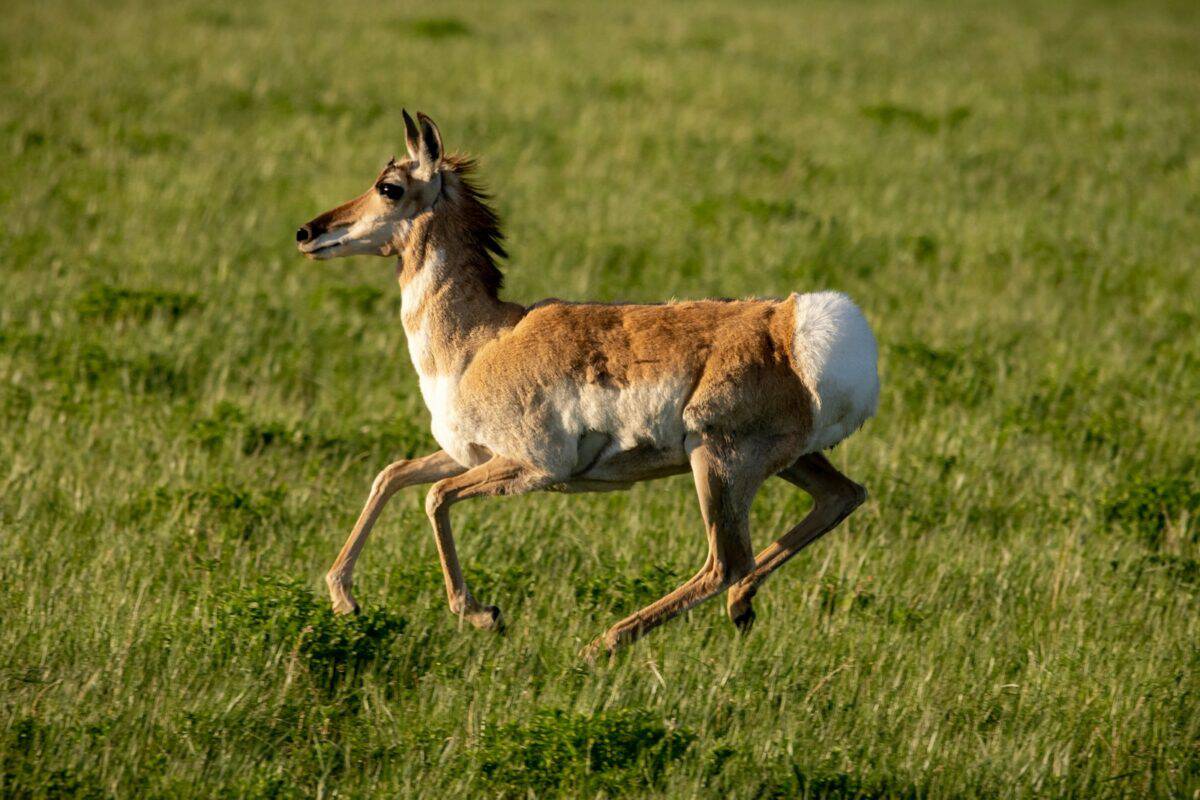
Despite their incredible speed, today’s pronghorns face obstacles they can’t simply outrun. Habitat fragmentation from roads, fences, energy development, and urban expansion threatens their ability to access seasonal resources and undertake critical migrations. Climate change is altering the timing and quality of vegetation growth in their grassland habitats. And while they can easily outrun predators, they can’t outrun vehicles or dodge bullets. Conservation efforts now focus on maintaining landscape connectivity, protecting migration corridors, and ensuring sustainable management of the sagebrush ecosystems and grasslands that pronghorns depend on for survival.
Cultural Significance to Native Americans

For many Indigenous peoples of the Great Plains and American West, the pronghorn has long held cultural and spiritual significance. The Shoshone, Crow, Blackfeet, and other tribes incorporated pronghorns into their mythology and relied on them as an important food source. Their hunting techniques often involved cooperative drives that channeled pronghorns into corrals or natural barriers—a challenging feat given the animal’s speed and wariness. Pronghorn appeared in rock art, ceremonial objects, and traditional stories. Today, tribal wildlife management programs play an important role in pronghorn conservation, blending traditional ecological knowledge with modern scientific approaches.
Pronghorn Behavior and Social Structure

Pronghorns display fascinating social behaviors that change with the seasons. During summer, females, fawns, and young males form groups of 5-20 individuals, while mature males either remain solitary or form small bachelor groups. As breeding season (or rut) approaches in late summer and early fall, males establish territories and compete for females, engaging in ritualized displays of dominance rather than physical combat. In winter, these social divisions break down as pronghorns form mixed-sex herds that can number in the hundreds. Unlike many ungulates, female pronghorns typically give birth to twins rather than single offspring—an unusual strategy for a large mammal and one that enables faster population recovery when conditions are favorable.
Pronghorns and Rangelands: An Ecological Indicator

Ecologists consider pronghorns an indicator species for the health of North American grassland ecosystems. Their presence and population trends can reveal much about the condition of the sagebrush steppe and shortgrass prairie ecosystems they inhabit. Unlike cattle or even bison, pronghorns are highly selective browsers, primarily consuming forbs (flowering plants) and shrubs rather than grasses. This selective feeding behavior makes them particularly sensitive to changes in plant community composition that might result from climate change, invasive species, or altered fire regimes. By monitoring pronghorn populations and behavior, scientists gain valuable insights into ecosystem health and resilience that might otherwise be difficult to measure directly.
Viewing Pronghorns: Where and How
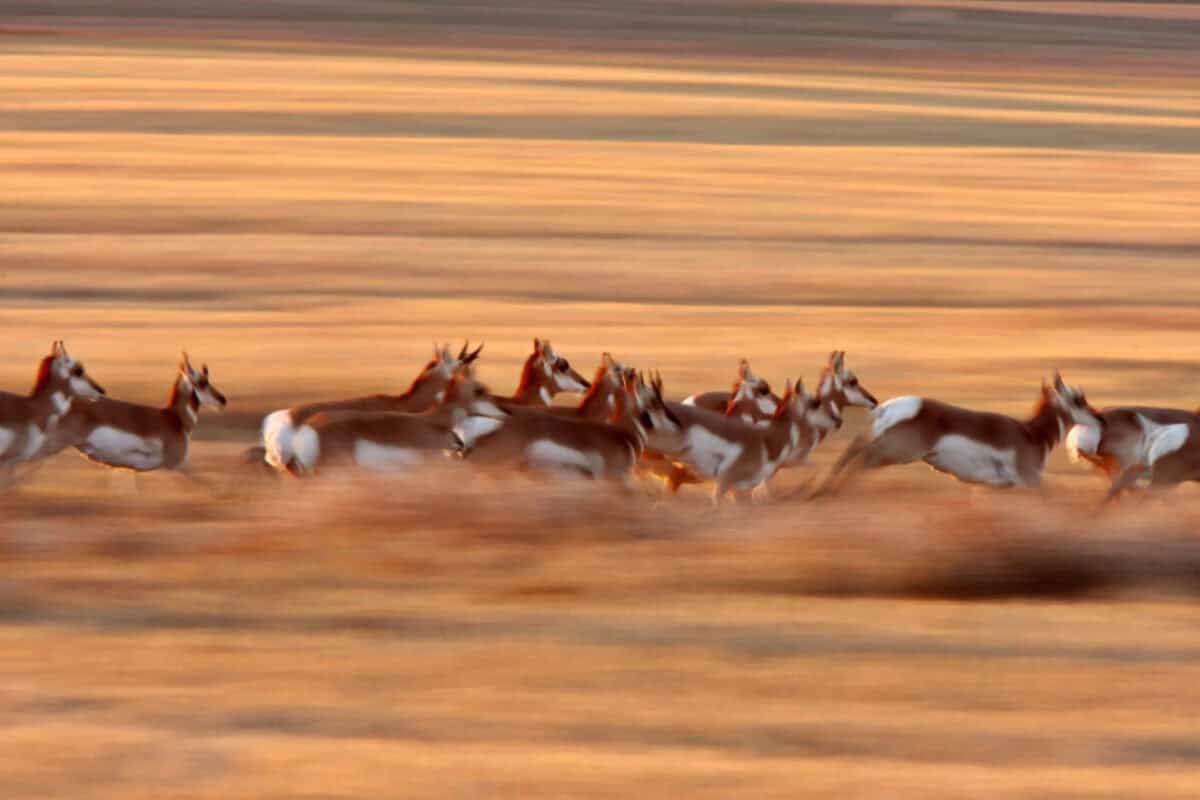
For wildlife enthusiasts hoping to see America’s fastest land animal in person, several locations offer excellent viewing opportunities. Yellowstone and Grand Teton National Parks host sizeable populations, particularly in their valley meadows. Hart Mountain National Antelope Refuge in Oregon, National Bison Range in Montana, and Custer State Park in South Dakota are also prime viewing areas. The best times for observation are early morning and late afternoon when pronghorns are most active. Bring binoculars, as these animals have exceptional vision and typically maintain a safe distance from humans. Look for them in open grasslands and sagebrush plains rather than forested areas, and remember that their coloration—tan with white bellies and rumps with distinctive facial markings—provides excellent camouflage against the golden grasses of their native habitat.
Conclusion: America’s Overlooked Speed Champion
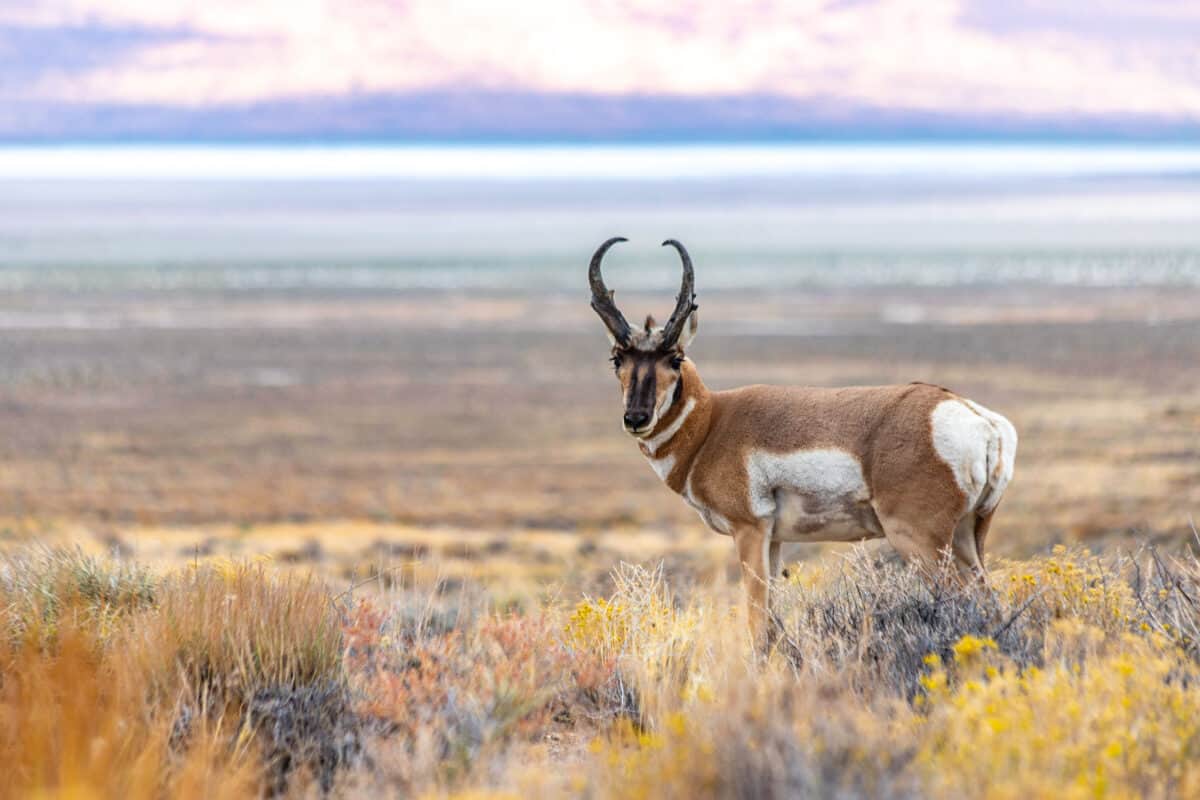
The pronghorn stands as a remarkable example of evolutionary adaptation and one of North America’s most distinctive wildlife species. As the fastest land animal in the Western Hemisphere, it embodies the wild spirit of the American West and represents a living link to our continent’s ancient past. While not as internationally famous as some American wildlife symbols, the pronghorn’s incredible speed, unique adaptations, and resilience in the face of near-extinction make it worthy of greater recognition and appreciation. Conservation efforts to protect this speed champion and its grassland habitat benefit not only the pronghorn but also countless other species that share its ecosystem, preserving an important piece of America’s natural heritage for future generations to witness and wonder at.
- This Arctic Creature Has the Warmest Natural Coat in the Animal Kingdom - August 7, 2025
- How Grizzly Bears Use Their Massive Strength to Hunt and Survive - August 7, 2025
- Did This Turtle Really Survive Being Frozen Solid? - August 7, 2025

